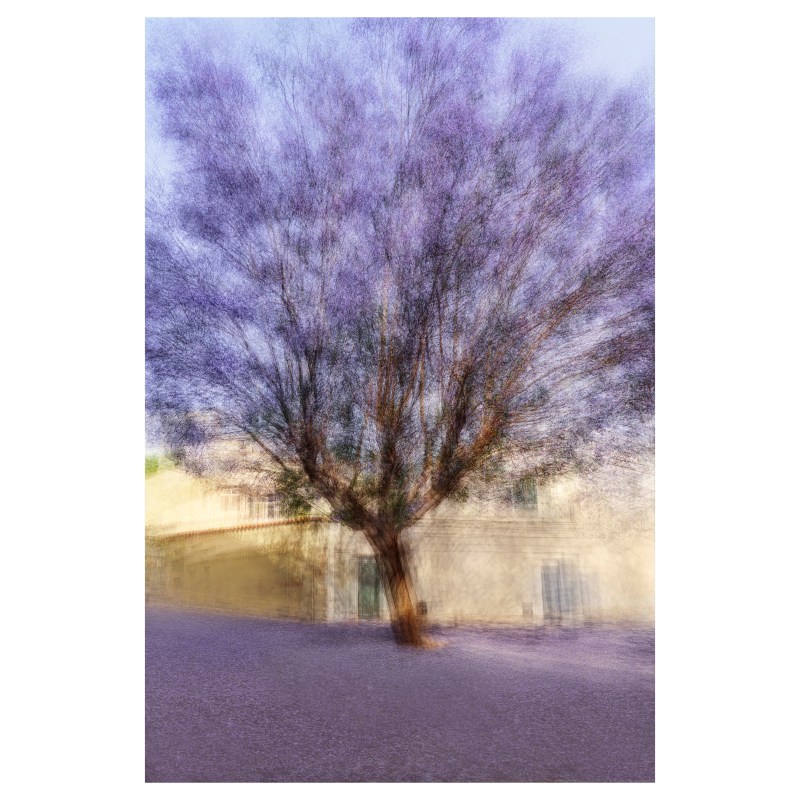Jacob Gils lives and works in Denmark and Spain. He was awarded Prix De La Photographie Paris 2012 and 2015.
Museum of Modern Art Bogotá, Colombia
National Museum of Photography Copenhagen, Denmark
National Museum of Photography Oslo, Norway
Fotografiska The Museum of Photography Stockholm
NIVA, Nanjing Institute of Visual Arts, China
COLLECTIONS
Their Royal Highnesses Crown Prince Frederik and Crown Princess Mary, Amalienborg Palace, Copenhagen
Their Royal Highnesses, Prince Joachim and Princess Marie collection
The Danish Cultural Institute, Beijing
Boston Properties, New York USA
Loro Piana Collection, Milan Italy
Thomas Shao Collection, Shanghai China
LEGO A/S, Copenhagen Denmark
Maersk A/S, Copenhagen Denmark
Confederation of Danish Industry, Denmark
ARTIST STATEMENT precis:
MOVEMENT
Movement is a series which combines a strong aesthetic point of view with meticulous attention to technical detail. As the title indicates, the series is concerned with giving shape to temporal and spatial aspects inherent in all visual experience.
In the early days of photography, people were most fascinated by its ability to capture likeness and freeze time. However, paradoxically this new medium’s ability to fix moments in time also tied it irrevocably to the past. Rather than stop time, traditional photography makes the viewer acutely aware of its passing.
The advent of photography is closely linked to the modern movements in Western painting, which began with the French Realists in the mid-nineteenth century and flourished with Impressionism a few decades later. The Impressionists abandoned the static and staged imagery of previous eras in favour of a vibrant new style which emphasized momentous impressions over exact likeness.
A similar exploration of the material qualities of colour and surface and the same feeling of experiencing the world in fleeting moments is at play in Movement. Like the Impressionists who would often return to the same motifs time after time, Gils is also drawn to sites which convey a certain atmosphere. He continuously explores these from different angles and at various times of the year.
There are differences too, however. On closer inspection of the work of art, whilst the motif in paintings by Impressionist frontrunners such as Monet and Morisot dissolves, the distortions of the images in Movement become new details and clear shapes, adding a further dimension to the artwork.
The series explores a fluctuation between figuration and abstraction, unsettling the unique relationship between the photograph and its real-life referent, which distinguishes it from other modes of representation. While some of the images clearly portray a likeness, others render the original subject almost unrecognizable. In these works, Gils explores what happens to the image when the original referent can no longer be discerned, when the signifier is no longer attached to the signified.
The Movement series also moves away from the dominant Nordic landscape tradition which has tended to favour quietude, subdued colour and a certain melancholic mood. On the contrary, Jacob Gils’ works are vivacious and zestful, emphasizing the ongoing exchange between the image and the viewer.
